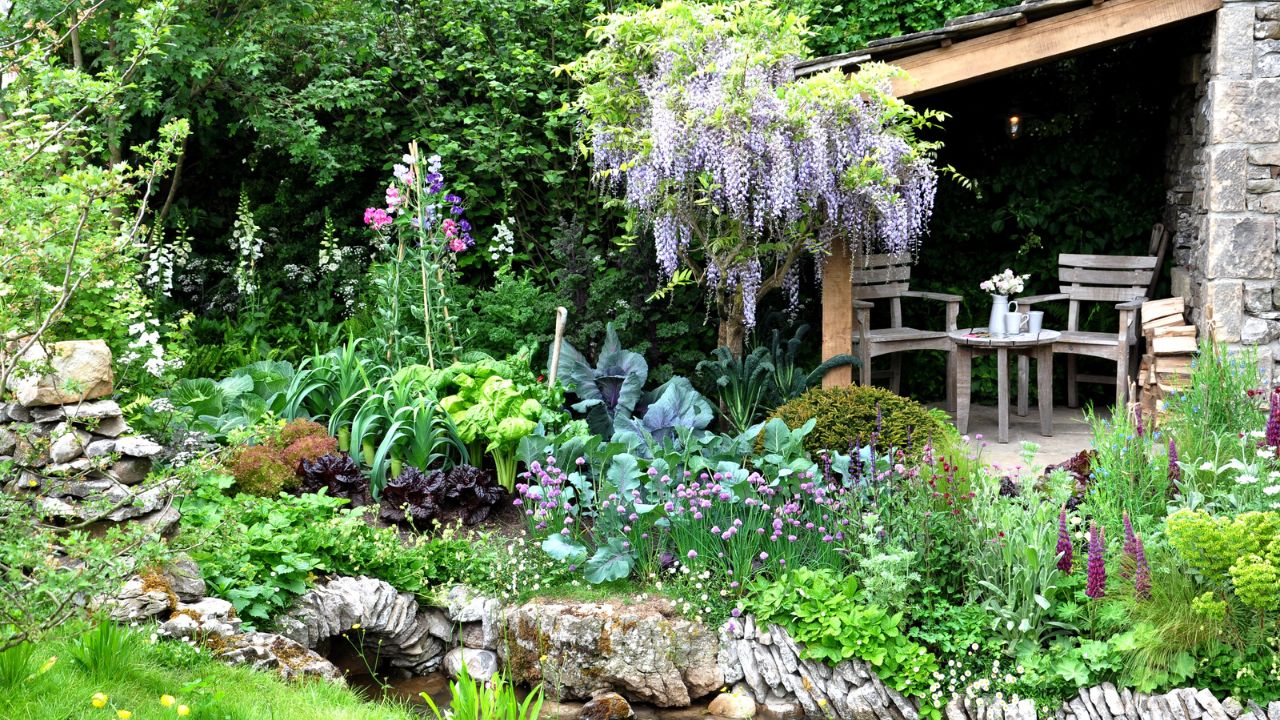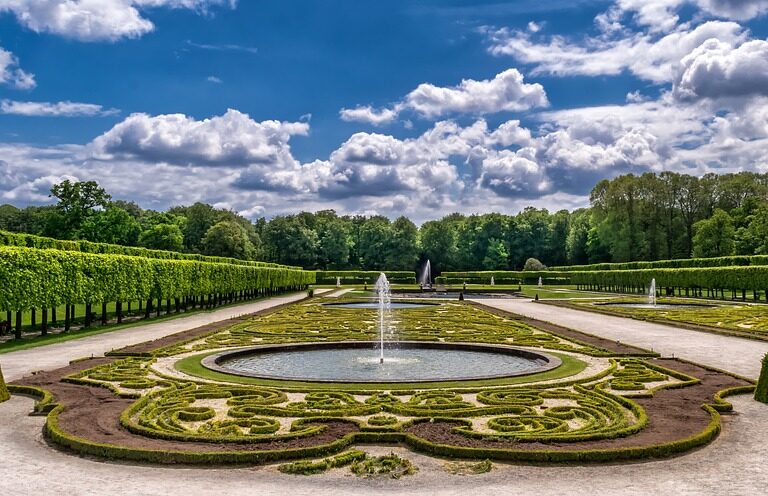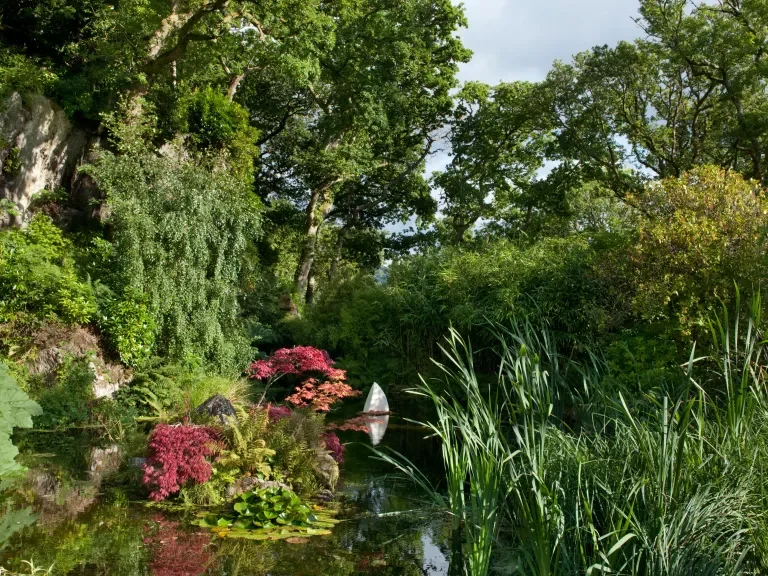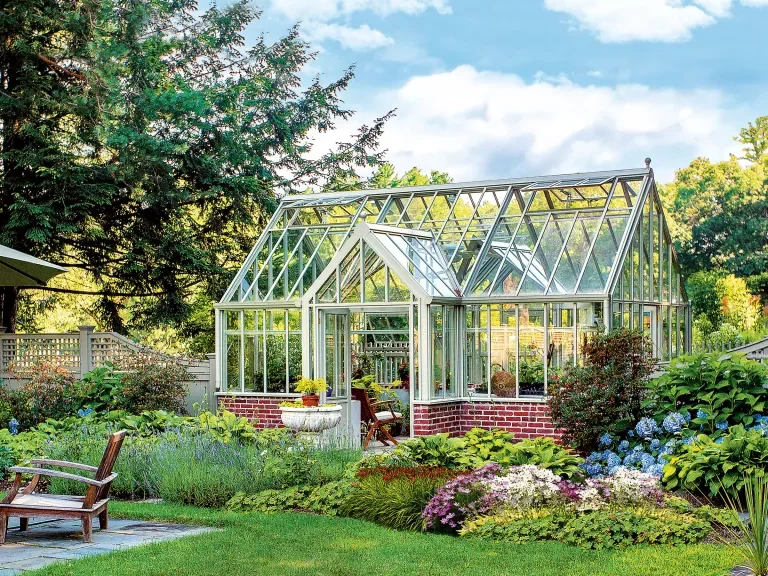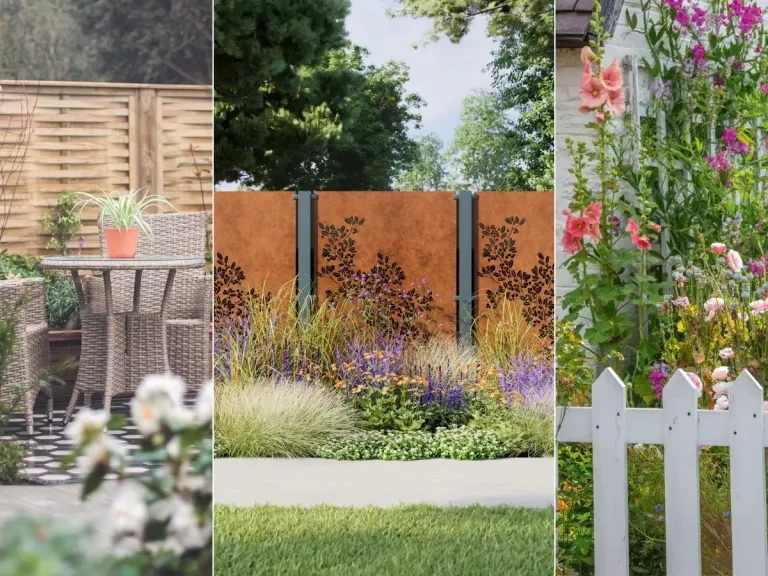Embrace the Charm: Cottage Garden Design 101
In the world of gardening, cottage gardens hold a special place. With their whimsical beauty, abundant blooms, and natural charm, these gardens have captivated the hearts of many. If you’re looking to create a picturesque garden that exudes romance and tranquility, then embrace the charm of cottage garden design. In this article, we’ll explore the key elements and steps involved in creating your very own cottage garden haven.
Table of Contents
- Introduction to Cottage Gardens
- Choosing the Right Location
- Selecting Plants for Your Cottage Garden
- Creating a Cozy Layout
- Incorporating Hardscape Elements
- Nurturing Your Cottage Garden
- Dealing with Common Challenges
- Embracing Sustainability in Cottage Garden Design
- Bringing Wildlife to Your Garden
- Adding Personal Touches
- Preserving the Beauty of Your Cottage Garden
- Conclusion
- FAQs
Introduction to Cottage Gardens
Cottage gardens originated in England during the 19th century and were commonly found near rural cottages. They are known for their informal style, abundant flowering plants, and a mixture of colors and textures. Cottage gardens often combine vegetables, herbs, and flowers, creating a harmonious and productive space.
Choosing the Right Location
Before you start designing your cottage garden, it’s crucial to choose the right location. Cottage gardens thrive in areas that receive ample sunlight, preferably six to eight hours a day. The soil should be well-draining and enriched with organic matter. Consider the size of your garden and ensure it provides enough space for the plants to grow and flourish.
Selecting Plants for Your Cottage Garden
The choice of plants is a vital aspect of cottage garden design. Opt for a diverse mix of flowers, including perennials, biennials, and annuals, to create a continuous bloom throughout the seasons. Some popular choices for cottage gardens include roses, foxgloves, delphiniums, lavender, and daisies. Incorporate plants of varying heights and textures to add depth and visual interest.
Creating a Cozy Layout
To achieve the characteristic charm of a cottage garden, focus on creating a cozy and inviting layout. Cottage gardens often feature winding pathways, rustic fences, and arches covered in climbing roses. Group plants in clusters or drifts, allowing them to mingle and create a naturalistic look. Consider using traditional materials like brick, gravel, or cobblestones to enhance the cottage aesthetic.
Incorporating Hardscape Elements
In addition to plants, hardscape elements play a crucial role in cottage garden design. Consider adding a quaint bench or a bistro set where you can relax and enjoy the beauty of your garden. Birdbaths, sundials, and trellises covered in vines can also enhance the overall ambiance. Remember to choose elements that complement the overall style and create a harmonious atmosphere.
Nurturing Your Cottage Garden
Cottage gardens require regular care and maintenance to thrive. Regular watering, mulching, and fertilizing are essential to ensure healthy growth. Pruning and deadheading spent flowers will encourage new blooms. Stay vigilant against pests and diseases by regularly inspecting your plants. Remember that cottage gardens embrace a slightly wild and natural look, so don’t be afraid to let your garden evolve and change over time.
Dealing with Common Challenges
While cottage gardens are incredibly charming, they do come with a few challenges. Weeds can be a persistent problem, so stay proactive in keeping them under control. Consider using organic weed control methods to avoid harm to beneficial insects. Another challenge is maintaining the balance between plants, as some may become overly dominant. Regular monitoring and selective pruning can help you achieve the desired equilibrium.
Embracing Sustainability in Cottage Garden Design
Sustainability is becoming increasingly important in garden design, and cottage gardens are no exception. Embrace eco-friendly practices by composting your kitchen and garden waste, using organic fertilizers, and conserving water through smart irrigation methods. Consider planting native species to support local biodiversity and attract pollinators.
Bringing Wildlife to Your Garden
Cottage gardens have the potential to attract a wide array of wildlife, from bees and butterflies to birds and small mammals. Incorporate elements like bird feeders, butterfly-friendly plants, and water sources to encourage their presence. Provide nesting places by including bird boxes and insect hotels. By welcoming wildlife into your garden, you contribute to the ecological balance of your surroundings.
Adding Personal Touches
One of the most delightful aspects of cottage gardens is the ability to add personal touches. Consider incorporating decorative elements like antique garden tools, vintage containers, or handmade ornaments. Install subtle lighting to create a magical ambiance during the evening hours. By infusing your garden with personal flair, you make it truly unique and reflective of your own style.
Preserving the Beauty of Your Cottage Garden
To ensure your cottage garden remains a stunning oasis for years to come, it’s essential to preserve its beauty. Regularly maintain pathways and fences, repaint furniture if needed, and replace any worn-out or damaged elements. Continuously assess your plant selection and make adjustments as necessary to maintain a healthy and balanced ecosystem.
Conclusion
Embracing the charm of cottage garden design allows you to create a magical retreat filled with color, fragrance, and natural beauty. By following the steps outlined in this article, you can design and cultivate your own captivating cottage garden. Remember to choose the right location, select a diverse mix of plants, incorporate inviting hardscape elements, and nurture your garden with care. With time, patience, and a touch of creativity, your cottage garden will become a haven of tranquility and a source of endless joy.
FAQs
- Q: How much sunlight do cottage gardens require? A: Cottage gardens thrive in areas that receive six to eight hours of sunlight per day.
- Q: Can I grow vegetables in a cottage garden? A: Yes, cottage gardens often incorporate vegetables alongside flowers and herbs.
- Q: What are some popular flowers for cottage gardens? A: Roses, foxgloves, delphiniums, lavender, and daisies are popular choices for cottage gardens.
- Q: How can I control weeds in my cottage garden? A: Regular weeding and organic weed control methods can help keep weeds at bay.
- Q: How can I attract wildlife to my cottage garden? A: Planting native species, providing water sources, and incorporating bird feeders and insect hotels can attract wildlife to your garden.

